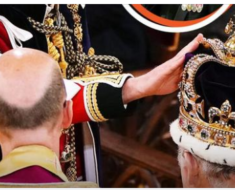Tattoos and body art carry a multitude of meanings across different cultures and individuals. What may be celebrated in one region could be deemed inappropriate in another. A symbol that holds deep significance in one culture might be perceived as mere decoration elsewhere.

Historically, people have used their appearance to express themselves and convey messages. In densely populated areas, encountering individuals with tattoos is common. Some tattoos may reflect past decisions, while others tell stories or uphold traditions with significant meaning.
I find it fascinating to see the same tattoo on different people, as it sparks curiosity about their stories and the reasons behind their choice to permanently mark their bodies.

For instance, the three dots tattoo is often seen among prisoners and symbolizes a life of chaos and unpredictability. Although not affiliated with any specific gang, it reflects a broader commitment to the gang lifestyle and its associated risks. Recognizing this tattoo can help identify individuals deeply involved in the criminal subculture.

Another tattoo design I’ve encountered frequently is the ‘red string of fate’. I hadn’t explored its significance until recently. This tattoo, with its roots in Asian cultures, usually appears as a simple bow with tails and is often inked on a man’s thumb and a woman’s pinky finger. It symbolizes themes of romance and hope, inspired by a Chinese tale about a matchmaker who knows our destined partner.

The idea of being destined to meet someone extends beyond romantic relationships and is present in various cultures. The ‘red string of fate’ represents a preordained connection between two people, regardless of circumstances. While some find this concept comforting, others prefer to believe they have control over their own futures.






